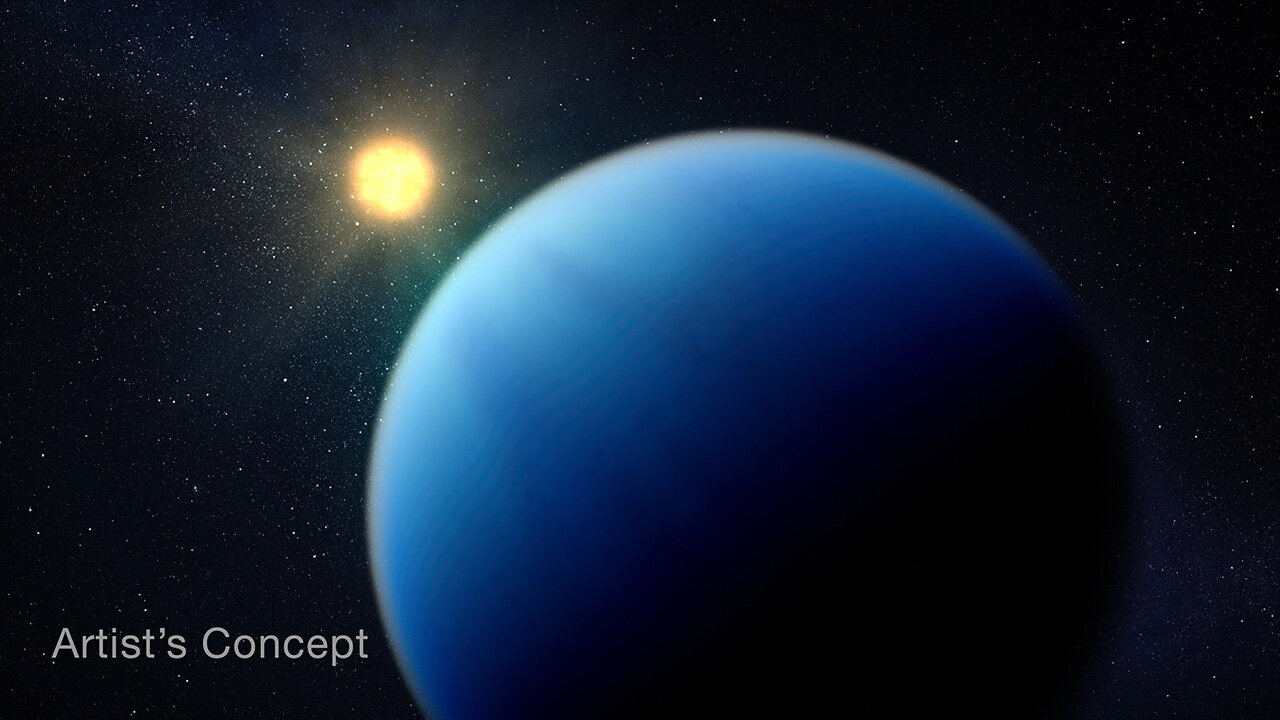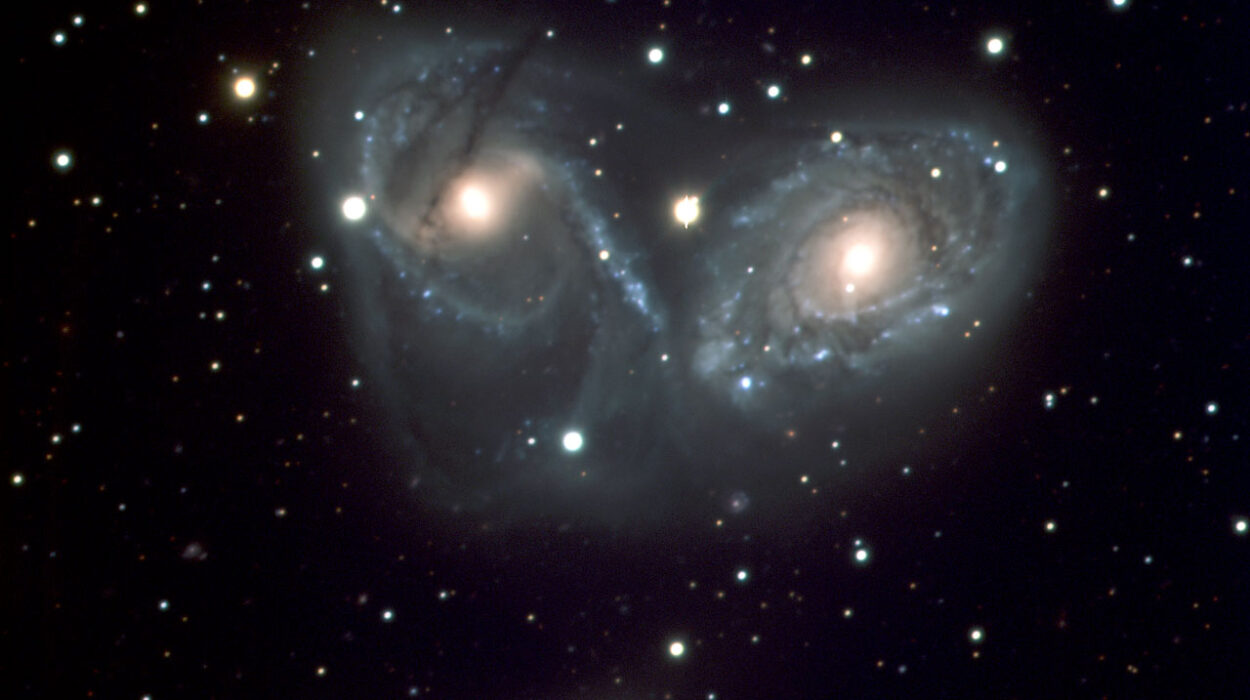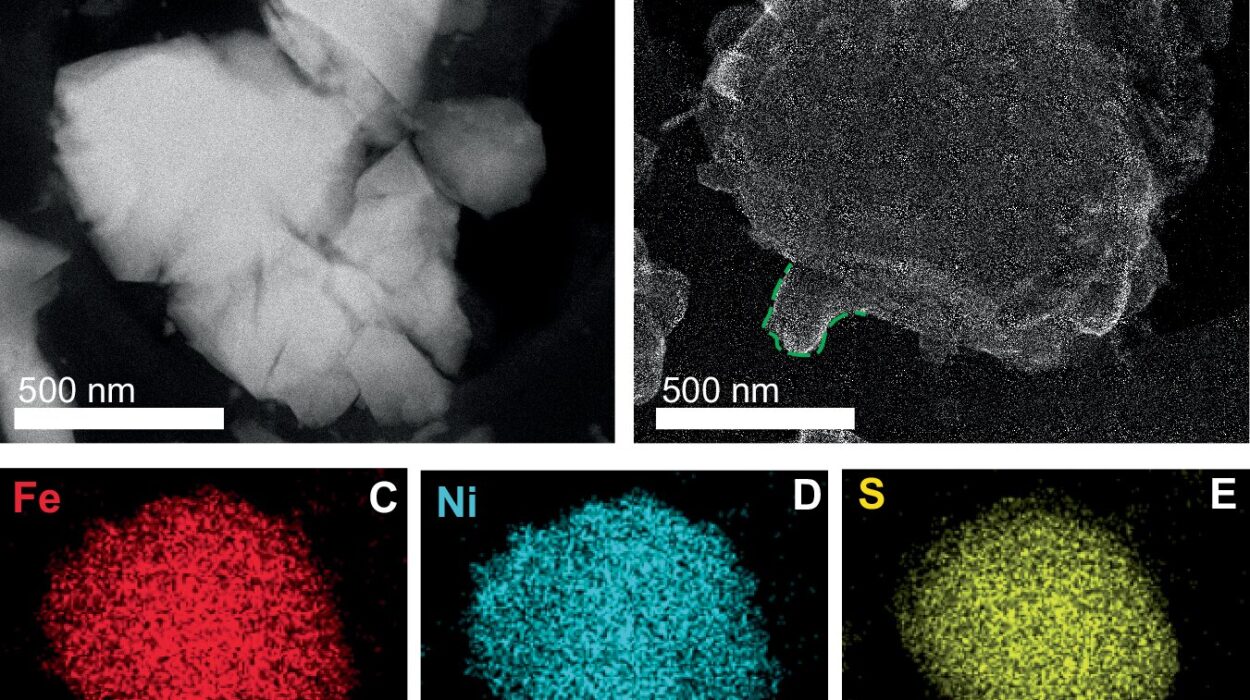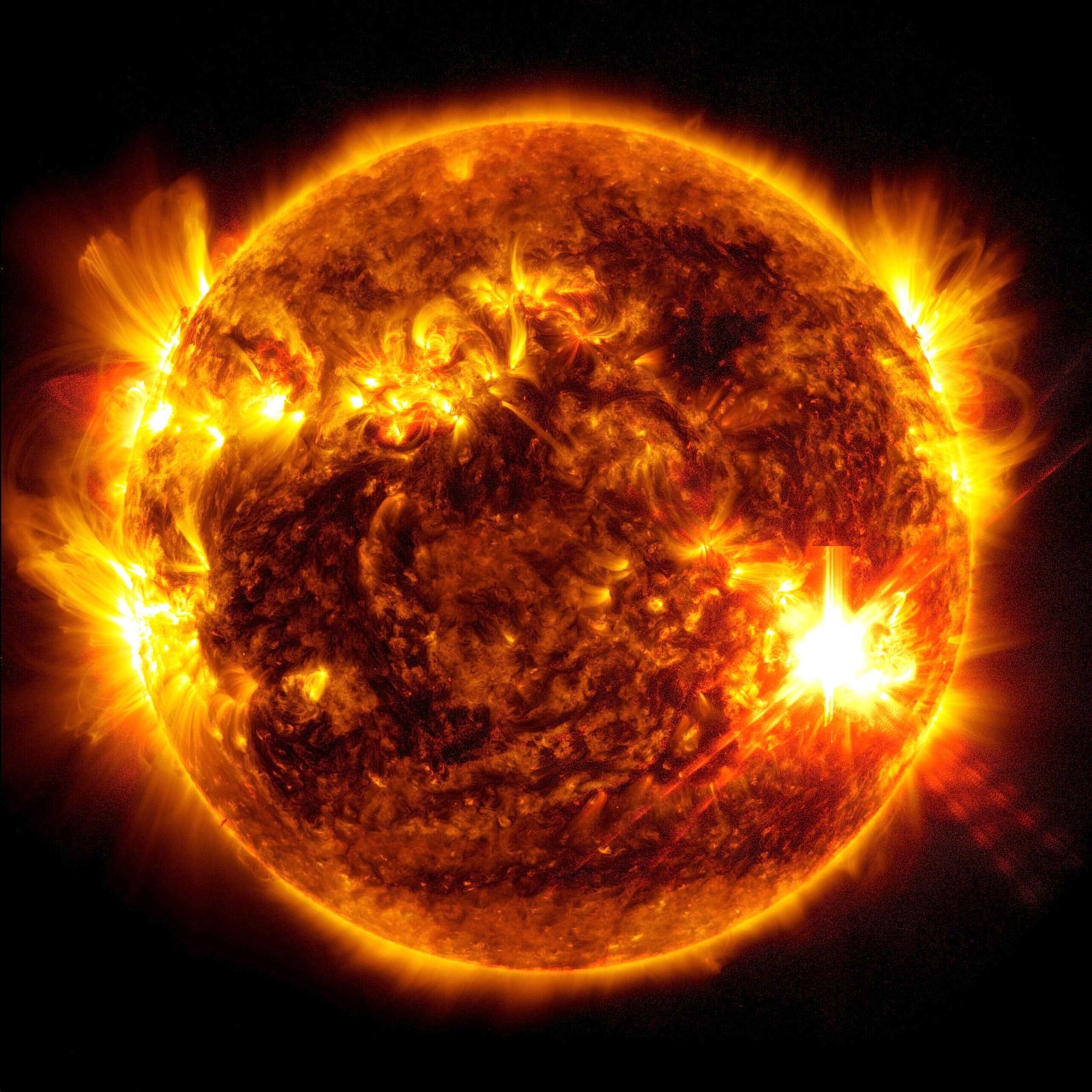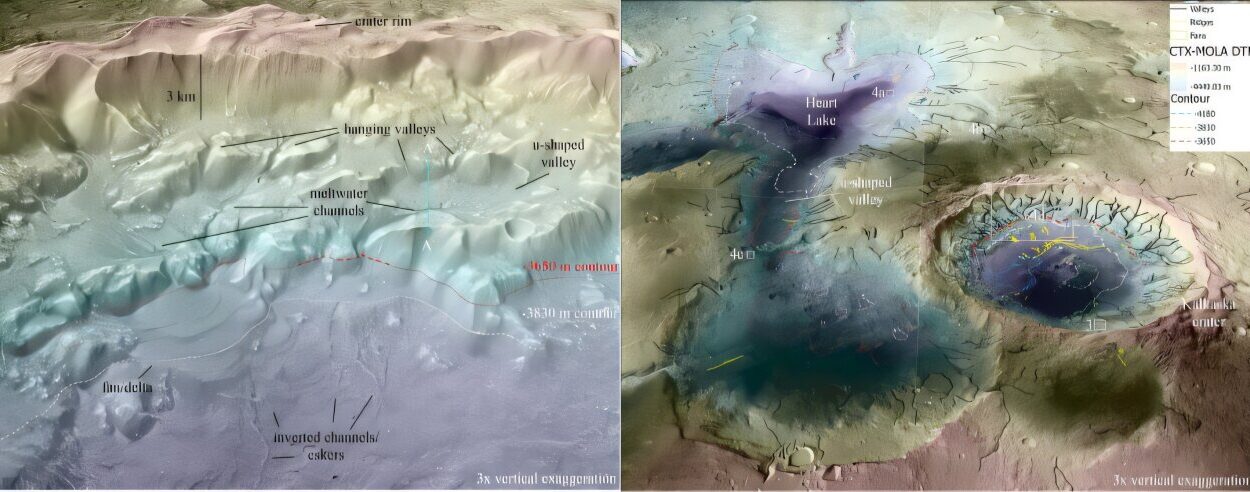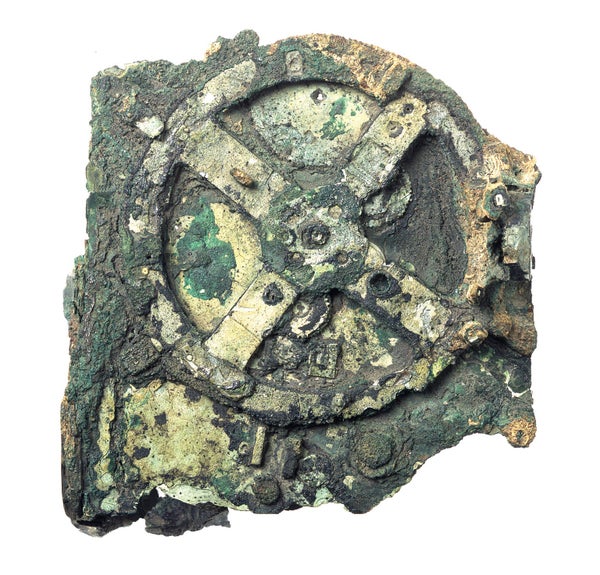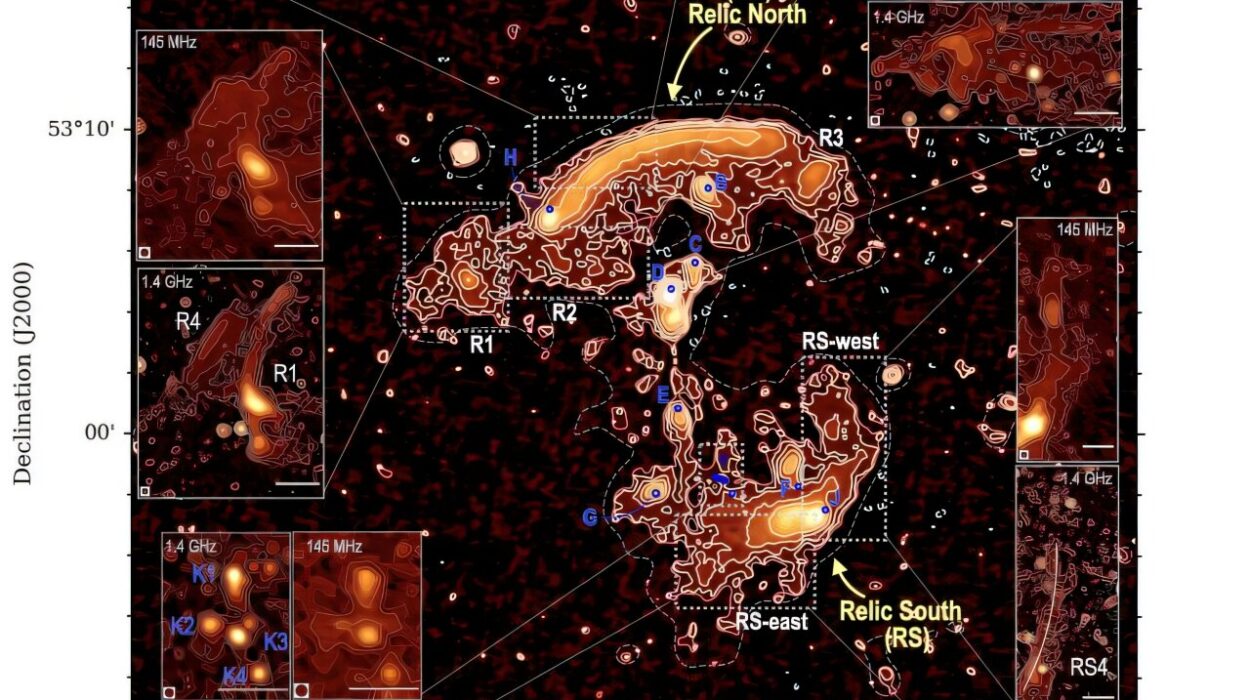In the grand sweep of the cosmos, humanity has always looked to the skies for answers. Over the last few decades, that search has expanded beyond the stars of our own system, toward planets that orbit distant suns—worlds that defy imagination. Among these, one class of exoplanet has emerged as the galaxy’s most frequent yet elusive resident: the sub-Neptune.
These small, gassy planets don’t exist in our solar system and have long puzzled astronomers with their strange properties. Often hidden beneath a veil of haze, they’ve resisted attempts to probe their atmospheric secrets—until now. Thanks to the unparalleled precision of NASA’s James Webb Space Telescope (JWST), scientists are finally peeling back the clouds and uncovering astonishing truths about these mysterious worlds.
One such world, TOI-421 b, is leading the way.
The Planet Type That Shouldn’t Exist—But Does
Sub-Neptunes are enigmas. They’re larger than Earth, smaller than Neptune, and make up the most commonly detected category of exoplanets in our galaxy. Despite their ubiquity, they are absent in our own solar system—a baffling absence that continues to fuel scientific curiosity.
These planets were unknown to astronomers until NASA’s Kepler Space Telescope began its pioneering planet-hunting mission in 2009. What it revealed stunned the world: planetary systems around other stars are radically different from ours. Many of them are populated by tightly packed systems of sub-Neptunes and super-Earths, orbiting dangerously close to their stars.
But for all their abundance, sub-Neptunes have kept their secrets well hidden. Their atmospheres, when observed, typically present a frustrating puzzle. Rather than revealing chemical “fingerprints”—specific absorption features that reveal what gases are present—many sub-Neptunes display flat, featureless spectra. To scientists, it was as if they were trying to read a page that had been entirely erased.
Webb’s Eyes Open Wide
For Dr. Eliza Kempton, an astrophysicist at the University of Maryland, the launch of the James Webb Space Telescope was more than just a historic milestone—it was a lifelong dream realized. “I had been waiting my entire career for Webb so that we could meaningfully characterize the atmospheres of these smaller planets,” she said.
Webb’s instruments were designed not just to see far, but to see clearly. With its infrared sensitivity and high-resolution spectrometers, Webb can detect and analyze light passing through a planet’s atmosphere when it transits—or crosses in front of—its star. This allows scientists to tease out information about the planet’s chemical makeup.
One of Webb’s most promising targets was TOI-421 b, a blazing-hot sub-Neptune orbiting a sun-like star about 250 light-years from Earth. With temperatures soaring to around 1,340 degrees Fahrenheit (727°C), TOI-421 b presented a golden opportunity: scientists hoped that its extreme heat would burn off the haze that had thwarted so many previous observations.
And they were right.
A Clear Atmosphere, A Wealth of Data
When TOI-421 b passed in front of its host star and Webb captured its spectral fingerprint, the team saw what they had long hoped for: real, discernible features in the spectrum. For the first time, a sub-Neptune had revealed its secrets.
“We saw spectral features that we attribute to various gases, and that allowed us to determine the composition of the atmosphere,” said Brian Davenport, a Ph.D. student and member of Kempton’s team who led much of the data analysis.
The detection was thrilling. Among the atmospheric constituents were water vapor, carbon monoxide, and sulfur dioxide. Notably absent were methane and carbon dioxide—gases typically expected in cooler planetary atmospheres. But the biggest surprise came from what the data implied: the atmosphere of TOI-421 b is dominated by hydrogen.
Hydrogen: A Surprising Signature
The detection of a hydrogen-rich atmosphere on TOI-421 b challenged prevailing assumptions. Prior Webb observations of other sub-Neptunes had suggested they possessed heavier, more complex atmospheres dominated by molecules like carbon dioxide, methane, or nitrogen-bearing compounds. TOI-421 b defied that pattern.
“We had recently wrapped our mind around the idea that those first few sub-Neptunes observed by Webb had heavy-molecule atmospheres, so that had become our expectation,” Kempton explained. “And then we found the opposite.”
This stark contrast suggests a diversity in sub-Neptune evolution that scientists are only beginning to grasp. Some may hold onto their primordial, hydrogen-dominated envelopes. Others may have lost much of their light gases due to stellar radiation or never acquired them in the first place. Understanding why will be key to unraveling not only how these planets form, but how they change over time.
A Planet That Reflects Its Star
Intriguingly, TOI-421 b’s hydrogen-rich composition closely mirrors the elemental makeup of its parent star. “If you just took the same gas that made the host star, plopped it on top of a planet’s atmosphere, and put it at the much cooler temperature of this planet, you would get the same combination of gases,” said Kempton.
This resemblance suggests that TOI-421 b may have retained much of its primordial atmosphere—gas it originally accreted directly from the protoplanetary disk that surrounded its star in the early days of its formation. In this way, it behaves more like a mini gas giant than a terrestrial super-Earth.
It also makes it an outlier among sub-Neptunes studied so far, most of which orbit red dwarfs—smaller, cooler stars that emit less radiation. TOI-421 b, by contrast, orbits a sun-like star, introducing new variables into the equation.
The Haze Line Hypothesis
Why was TOI-421 b’s atmosphere so clear when others were shrouded in haze? The answer may lie in chemistry and temperature.
Scientists have proposed that there exists a kind of “haze line” in exoplanet atmospheres, a thermal boundary beyond which haze-causing reactions no longer occur. Below about 1,070°F (577°C), methane in a planet’s atmosphere can interact with sunlight to produce complex hydrocarbons—essentially smog—that obscure spectral features. Above that temperature, methane breaks down, potentially leaving the atmosphere clear.
With TOI-421 b clocking in at over 1,300°F, it fits this hypothesis perfectly. Its heat prevents the formation of haze, allowing Webb’s instruments to see deeper into its atmosphere than ever before.
This provides a critical insight: hot sub-Neptunes may be the best targets for atmospheric characterization. In other words, we’ve found a window into these planets, and now we know where to look.
A Blueprint for Future Exploration
Is TOI-421 b an anomaly or the first glimpse of a wider population of hot, haze-free sub-Neptunes? To answer that, astronomers will need to cast their net wider.
The Webb team hopes to study more planets with similar temperatures orbiting sun-like stars, using TOI-421 b as a benchmark. If other planets exhibit similarly clear atmospheres, a new subclass of sub-Neptunes—hot, hydrogen-rich, and observable—may soon emerge.
Such planets would offer ideal laboratories for studying how atmospheres evolve under different conditions of radiation, gravity, and chemical composition. They could also help answer the deeper question: why did our solar system skip this class of planet entirely?
The Bigger Picture
Sub-Neptunes challenge our understanding not just of planetary formation, but of what planetary systems can be. In many ways, they are reminders of how narrow our view has been. For centuries, our models of planet formation were based on the architecture of our own solar system. Now, we realize that our planetary neighborhood may be more of an outlier than the rule.
Every new piece of data from Webb broadens our horizons. With its power to pierce the clouds of distant worlds, it is reshaping exoplanet science from a field of detection into one of exploration and comprehension.
Toward a Deeper Understanding of the Cosmos
The story of TOI-421 b is more than the tale of a single planet—it’s a chapter in the unfolding narrative of cosmic discovery. It underscores the power of technology, the value of persistence, and the thrill of the unknown. More than anything, it reminds us that the universe is teeming with worlds unlike any we imagined, and that our greatest tools in understanding them are our curiosity and our willingness to look deeper.
With James Webb’s eye on the stars, the age of exoplanet exploration has truly begun—not just in numbers, but in depth. We are no longer merely counting worlds. We are getting to know them.
And TOI-421 b, the planet that finally opened the window into the sub-Neptune class, will be remembered as one of the first to let us in.
Reference: Brian Davenport et al, TOI-421 b: A Hot Sub-Neptune with a Haze-free, Low Mean Molecular Weight Atmosphere, The Astrophysical Journal Letters (2025). DOI: 10.3847/2041-8213/adcd76
